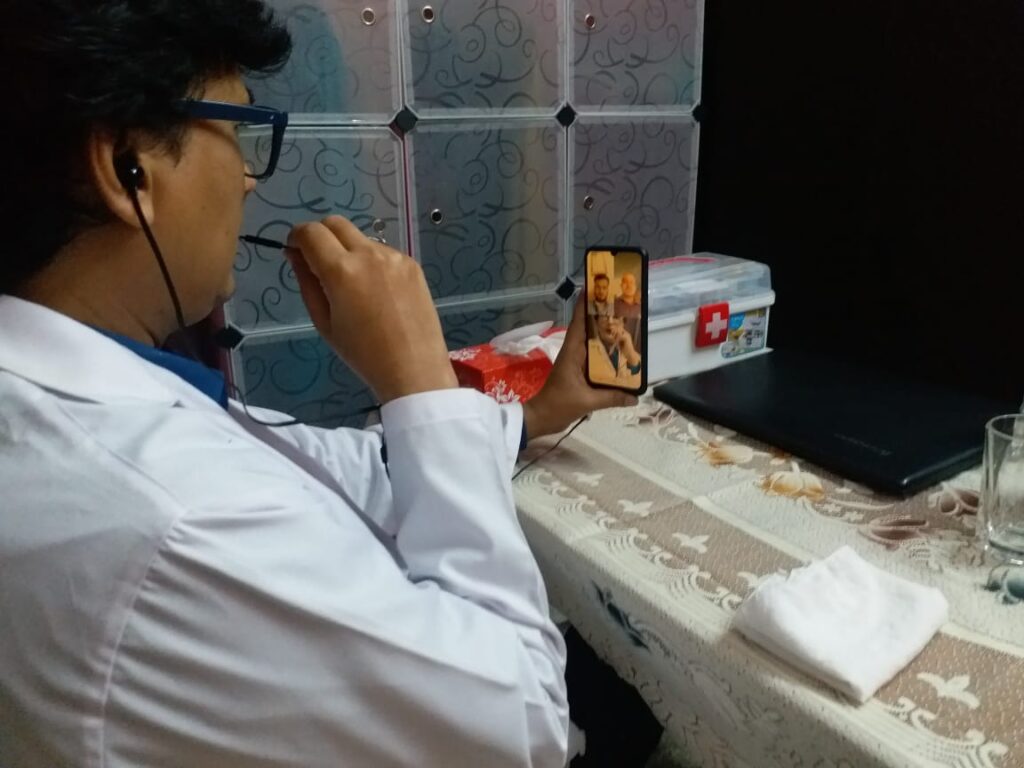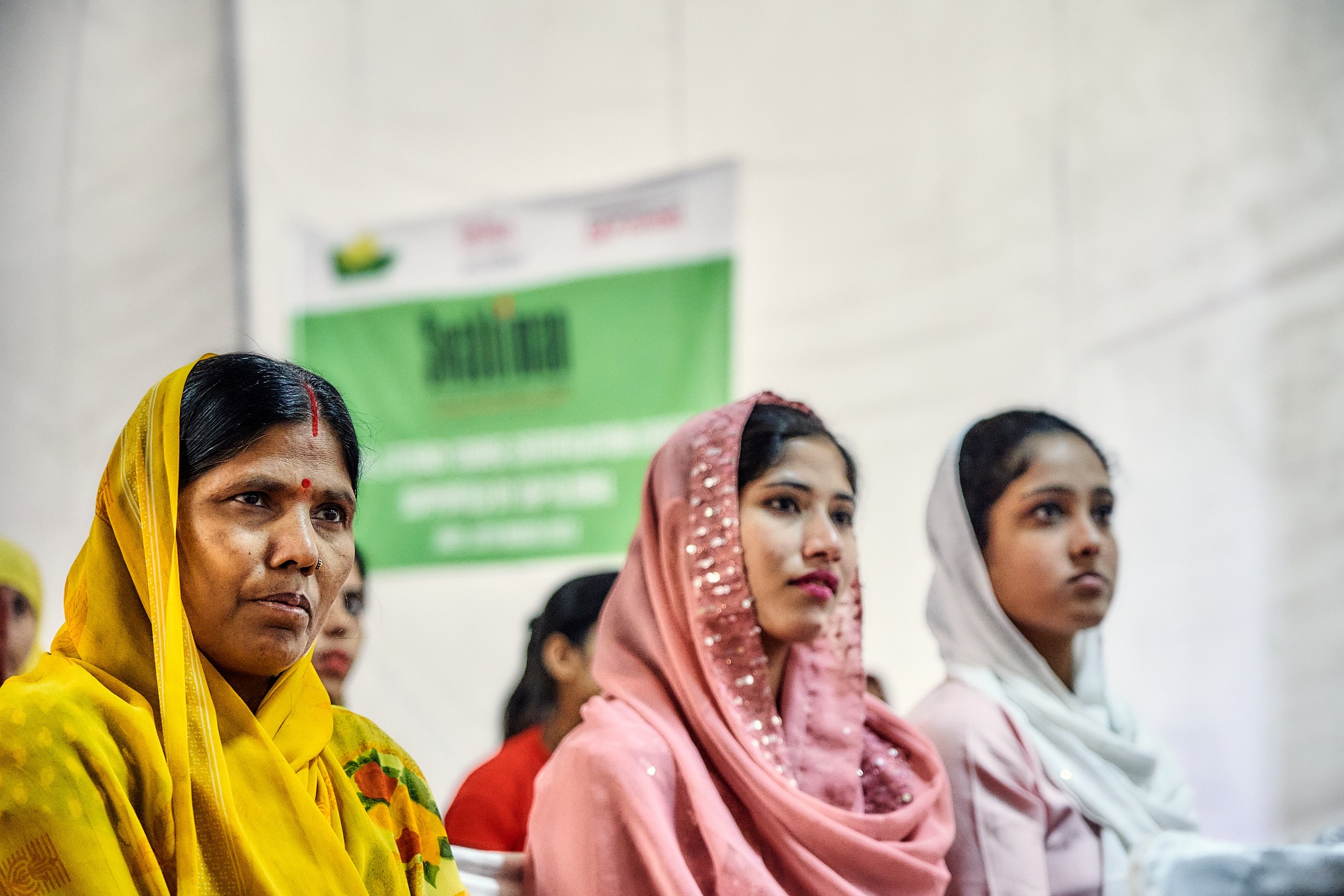Technology is almost like God
God is present everywhere (atheists and agnostics, we see you too!), and so is technology. We see technology improving our quality of life and helping us in our day-to-day tasks. So naturally, the modern adoption of technology in healthcare has made the administration of treatment to patients easy, efficient, cheap, and without errors.
It’s true! That the penetration of mobile and telephones in our lives has brought healthcare to our homes? The true importance of healthcare technology is not only in diagnosing and treating patients but in prevention that is to keep people away from becoming patients.
What is Technology?
Simply put, technology is the real-time application of scientific concepts for finding solutions and solving real-world problems. Britannica.com defines technology as “the application of scientific knowledge to the practical aims of human life or, as it is sometimes phrased, to the change and manipulation of the human environment.”
How has Technology changed Healthcare?
To ask, how technology has changed healthcare, is like asking how you are alive. Technology is omnipresent in medical science and healthcare. Nowadays, technology can be broadly classified into categories, such as mechanical technology which includes machines, engines, equipment, etc.
The importance of technology in healthcare simply needs careful observation. The development and usage of machines for MRI scans, CT scans, X-rays, etc., have made diagnosis and treatment of patients easy and cheap.
Another is Information Technology which involves using computer and telecommunication systems for analysing, storing, retrieving, sorting, and sending data /information.
Indian patients, many of those from poor backgrounds, due to unawareness do not keep or know their prior medical history, knowing which at times can be life-saving. Information technology in healthcare has solved problems as doctors at least in city hospitals prescribe medicine and treatment in a typed and legible format that is recorded in the system. So now doctors and patients can retrieve medical history anytime for proper diagnosis of illness.
Himanshu Jaiswal, a senior lawyer with a Public Sector Undertaking (PSU) shared, “Last year I made an appointment for my father online on a hospital’s website. I was given a time slot for when I need to visit the hospital for consultation and medical tests. We had certain tests done and the next day without going to the hospital, I got the reports online. I did not have to wait in long queues.” Now, this is the true power of healthcare technology.
AI in Healthcare
Lastly, Artificial Intelligence (AI), Wikipedia, says, “is intelligence—perceiving, synthesising, and inferring information—demonstrated by machines, as opposed to intelligence displayed by non-human animals and humans.” AI recognizes patterns and in fields such as radiology to predict future outcomes which makes it possible to develop a personalised care plan for patients.
The devices such as fitness bands and appended software and hardware have obliterated frequent doctor and hospital visits. You can see on your wrist; blood pressure, blood oxygen level, heart rate, etc. It can even tell us whether we are having a good night’s sleep or not. So we can keep track of our daily health parameters. If there is an alarming situation then the AI can alert us and even send notifications to hospitals, ambulances, or emergency contacts.
Healthcare Scenario in India
Ancient India’s prowess in healthcare was futuristic and outstanding. The Ayurveda, medical treaties of Shurusta, Charak, and Yoga, etc. are from India. Due to a series of unfortunate events of invasion and colonialism, all such progress was lost (history cannot be erased and there were some great improvements in areas related to arts, science, and infrastructure during those periods too).
In modern times, The Constitution of India, through its Directive Principles of State Policy (DPSP), puts the onus on the state to raise the level of nutrition and the standard of living and improve public health. The government is obligated to initiate a process of development that will raise living standards and open up to the people to provide new opportunities to lead a good life. Keeping this objective in mind, the successive governments after independence through various five-year plans have formulated and implemented healthcare policies.
As a result, the current healthcare scenario in India has reached such a level that the government launched an ambitious scheme in 2018 called Ayushman Bharat which seeks to achieve Universal Health Coverage. Initially, the objective is to cover the poorest 40% of the population. Recently, India has also achieved WHO mandated doctor-population ratio.
Economic survey 2022-23, states various happy indicators like a decrease in maternal and child mortality rates, an increase in primary and community health centres, etc. There has been a decline in the total fertility rate and an increase in the institutional delivery rate. Out-of-pocket expenses on healthcare have decreased but still remain on the higher side.
India dosed almost all of its population with the Covid-19 vaccine and booster doses are being continuously administered. However, the problem still persists. The spending on healthcare needs more allocation. Moreover, more and more Indians are becoming obese.
Is Technology in Healthcare the Answer to the Sector’s Ailments?
In India, the second wave of Covid-19 unmasked the shortage of hospital beds and oxygen. But at such desperate times, people helped each other. It was because of technology. Social media platforms like Twitter, Instagram, and Facebook provide requisite platforms for information flow that help people arrange oxygen cylinders for others to donate plasma to those in need. The instances of kindness shown by people for each other were possible only because of information and communication technology.
The government of the day has acknowledged that without adopting modern technology in healthcare, and penetrating and integrating it across the length and breadth of the nation, India cannot become a world superpower. Obviously, we need healthy demography. The advancement of technology in India, apart from using modern medical machines, can also be gauged from the fact that approximately 32 crore digital health IDs have been created. The health records of over 7.52 crore people have been linked with digital IDs.
It is still a long way to go before 100% of the population is covered under the Ayushman Bharat scheme. This is where the importance of technology in healthcare lies. The seamless integration of technology and healthcare is key to India’s achieving its ambitious goal of Universal Health Coverage.
Handling Data in Healthcare
The healthcare sector generates large and complicated data on a daily basis. AI and Analytics have the ability to transform health data into meaningful insights, revolutionising the way healthcare is delivered. In addition to this, the advancement of medical technology in India can usher in the era of the Internet of Medical Things (IoMT) in India as well. The CEO of Niti Aayog, the apex body for planning in India, said that technology and innovation are critical factors that will play a crucial role in improving the healthcare infrastructure of India.
Along with Ayushman Bharat, the Government launched National Health Stack (NHS). Its objective is to develop the health data of Indians. Once complete it could become the world’s largest health database. It would be accessible to hospitals, doctors, and private players for medical research and predictive analytics to aid policymaking.
Indians are using online medical applications for the delivery of medicine to doors. Making doctor appointments from home and only visiting the hospital at the given time thus avoiding long queues.
Lenskart, a technology startup, has shown that advancement in medical technology combined with logistical innovation has made eyecare reach people’s homes. There are many ways in which technology in healthcare has transformed healthcare in India for the better.
Technology in Healthcare can Bridge the Gap between Urban and Rural India
Modern clinics, state-of-the-art hospitals, and good doctors are concentrated in urban centres in India. People residing in rural areas unnecessarily travel long distances for healthcare. The economic survey has shown that the development of the health sector in rural India is on the right path. However, the pace is not as desired. Technology can bridge this gap.
Technology has made it possible for people in rural areas to get primary care without travelling for long distances through online, screen-based, and real-time consultations with doctors. This coupled with AI and analytics will reduce the need for travelling to cities even for non-serious ailments.
We stated in the beginning that the advancement of healthcare technology is not just about administering medical care to patients in a safe and cost-effective manner but it’s about prevention and prediction so that people do not become patients in the first place itself.
Would you not agree that even a seemingly simple technology such as fitness bands or smart watches reminds us of how much workout one needs to do on a daily basis? So why shouldn’t every person on the planet have it?
Smile Foundation and Technology in Healthcare
Smile Foundation uses modern technology in healthcare when providing healthcare services to the remote and urban poor population through its Health Cannot Wait programme. Contact us to know more about our work to get involved in helping those who need it the most!









